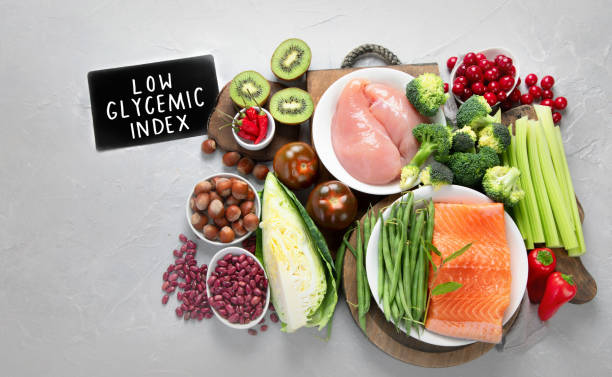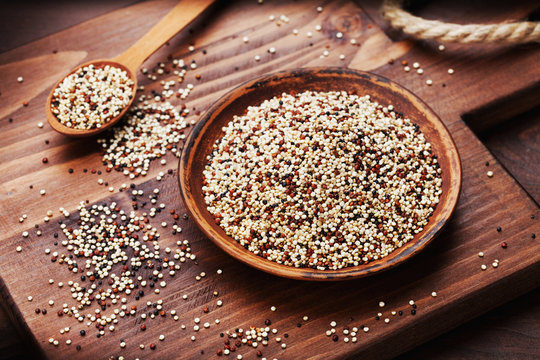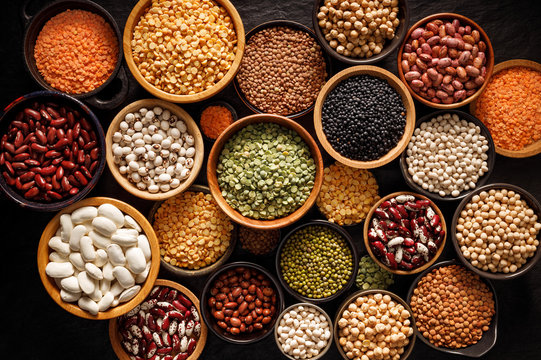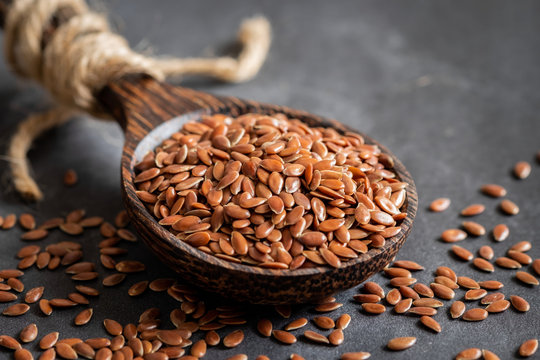The Glycemic Index (GI) is a ranking system that measures how quickly carbohydrate-containing foods raise blood sugar levels. Foods with a low glycemic index (typically below 55) are absorbed more slowly, leading to gradual increases in blood sugar, unlike high-GI foods, which cause rapid spikes. Low glycemic index foods are particularly beneficial for people with diabetes, those looking to maintain healthy blood sugar levels, and individuals seeking to manage their weight. They provide sustained energy, reduce hunger pangs, and improve overall metabolic health. So, see below a list of low glycemic index foods.
Key Characteristics of Low Glycemic Index Foods:
- Slow Digestion: Low glycemic index foods are digested and absorbed more slowly, resulting in a more controlled release of glucose into the bloodstream.
- Stable Blood Sugar: They help in maintaining steady blood sugar levels, which is crucial for preventing the energy crashes and cravings that can accompany high-GI foods.
- Longer Satiety: Due to their slower digestion, these foods can help you feel full longer, making them ideal for weight management.
Benefits of Low Glycemic Index Foods:
The benefits of Low glycemic index foods are…
Better Blood Sugar Control:
Low glycemic index foods are essential for those with diabetes. They prevent sharp blood sugar spikes and help maintain stable glucose levels.
Weight Management:
Because Low glycemic index foods promote satiety, they help in reducing overall calorie intake, making it easier to maintain a healthy weight.
Improved Heart Health:
Consuming low-GI foods has been shown to reduce the risk of heart disease by lowering cholesterol and improving overall cardiovascular health.
Sustained Energy:
Unlike high-GI foods that provide a quick burst of energy followed by a crash, low-GI foods provide a steady stream of energy throughout the day.
Reduced Inflammation:
Diets rich in low-GI foods may help reduce chronic inflammation, which is linked to various health issues such as arthritis, diabetes, and heart disease.
List of Low Glycemic Index Foods:
The given foods are all nutrient-dense, offering a variety of health benefits, including better blood sugar control, improved heart health, and better satiety. Incorporating them into your diet can help you maintain energy levels throughout the day without sharp spikes or crashes in blood sugar.
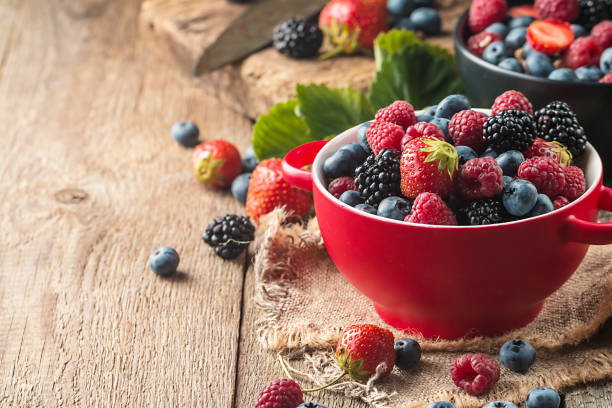
1. Berries (Strawberries, Blueberries, Raspberries):
Berries are rich in fiber, antioxidants, and vitamins. Their low glycemic index makes them an excellent choice for a healthy snack or added to yogurt, smoothies, and salads.
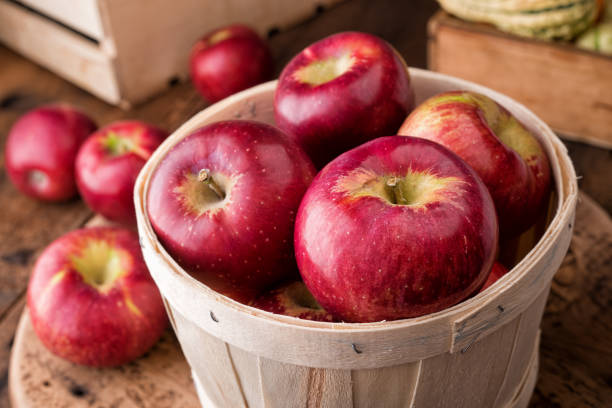
2. Apples:
Apples are high in fiber, particularly pectin, which aids digestion and helps maintain steady blood sugar levels. They are also a good source of vitamin C.
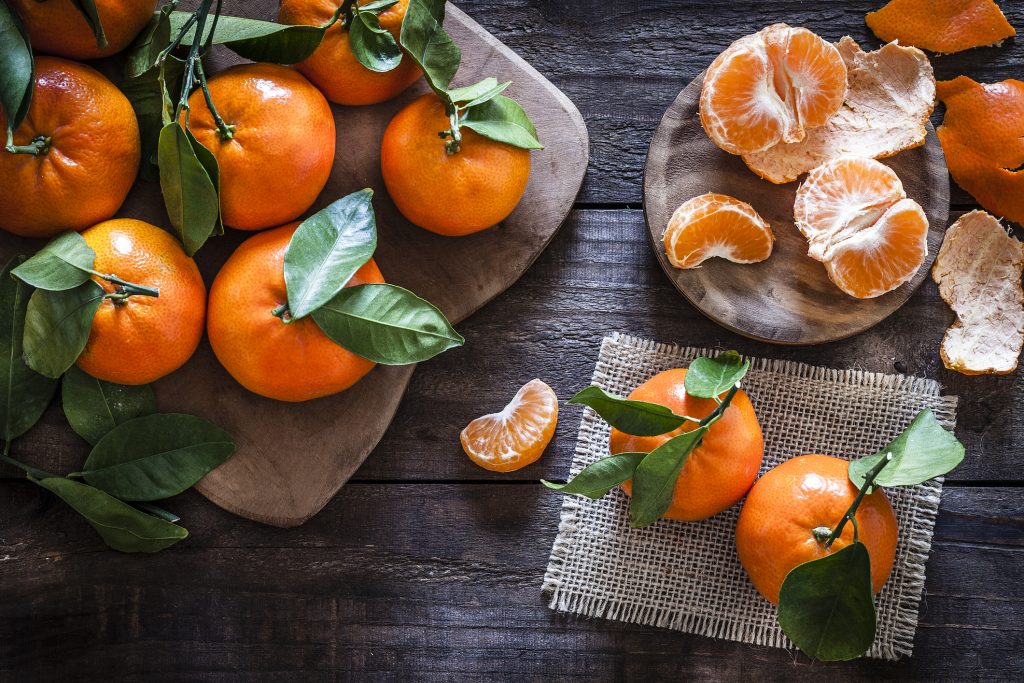
3. Oranges:
Oranges are not only low GI but also packed with vitamin C, antioxidants, and fiber. They provide a refreshing, hydrating snack that helps balance blood sugar.
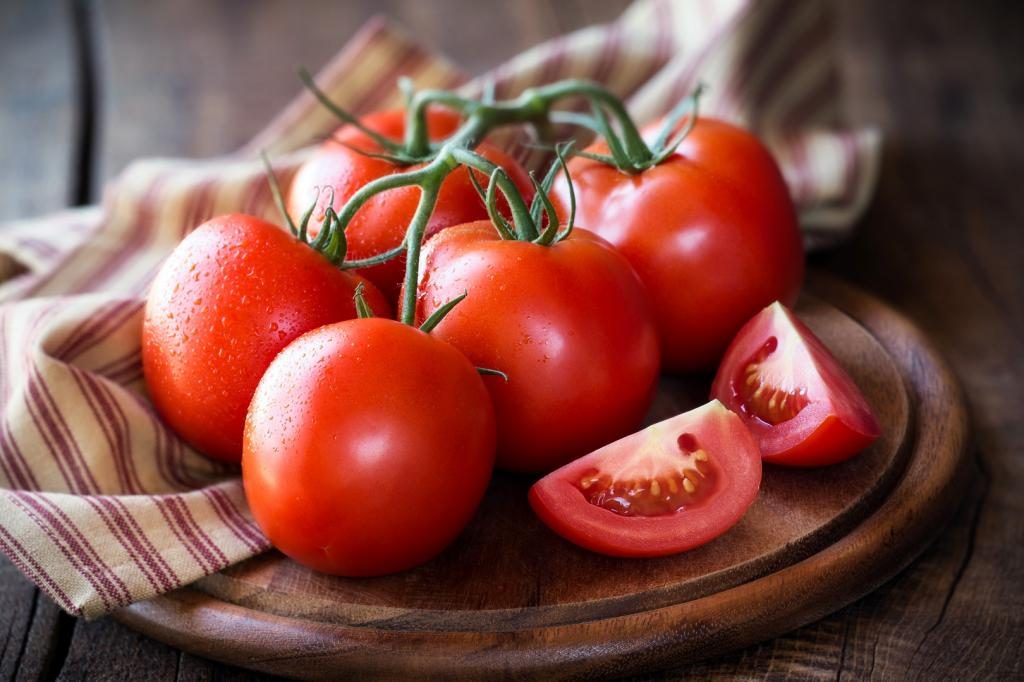
4. Tomatoes:
Rich in vitamins, minerals, and antioxidants (especially lycopene), tomatoes are a nutritious low-GI food. They can be eaten raw, in salads, or as part of a cooked dish.
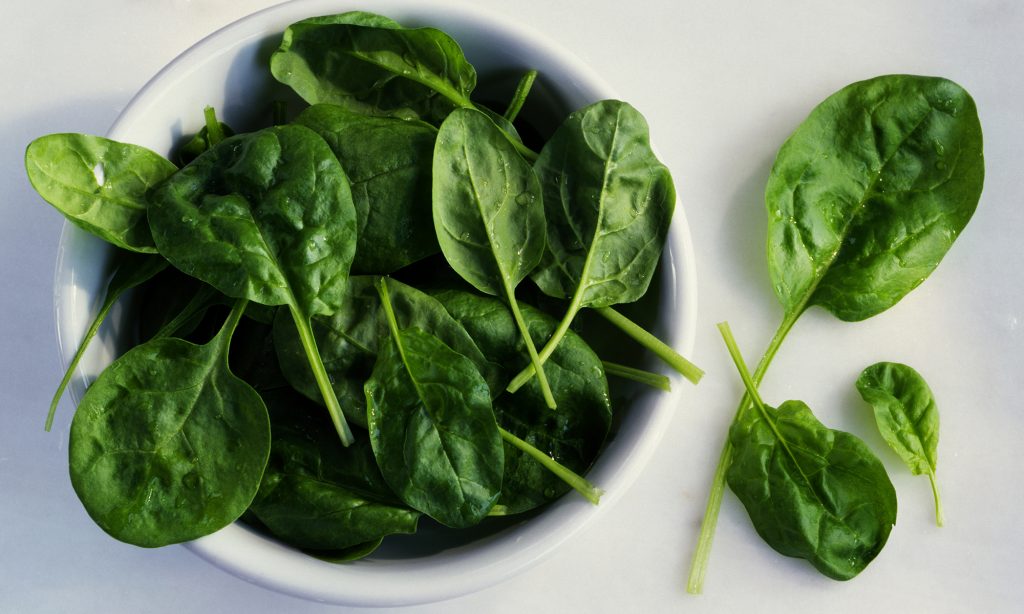
5. Leafy Greens (Spinach, Kale):
Leafy greens are low in calories and carbs, yet high in fiber, vitamins, and minerals. They are perfect for maintaining healthy blood sugar levels and are great in salads, soups, or smoothies.
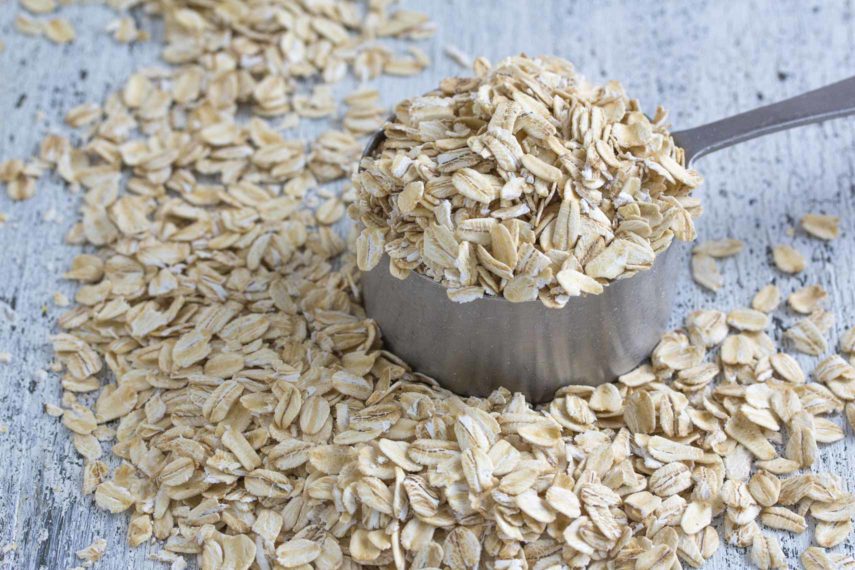
6. Oats (Steel-cut or Rolled):
Oats, particularly steel-cut and rolled varieties, have a low glycemic index. They provide a slow release of energy, are high in soluble fiber, and are a great breakfast choice.
7. Quinoa:
Quinoa is a complete protein and a low-GI grain. It contains all nine essential amino acids, making it a great plant-based protein source. It’s also high in fiber, iron, and magnesium.
8. Lentils:
Lentils are an excellent source of plant-based protein, fiber, and essential nutrients. They are low-GI and can help stabilize blood sugar levels when included in soups, stews, or salads.
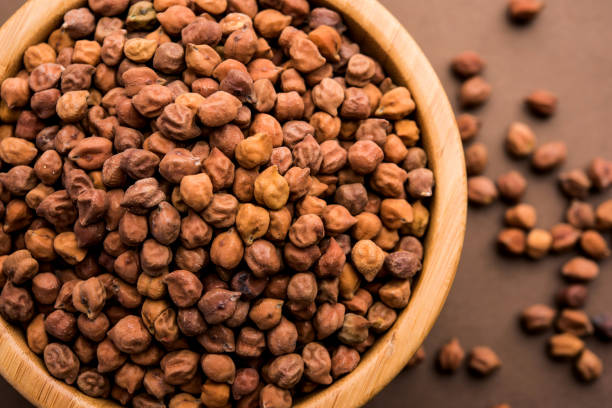
9. Chickpeas:
Chickpeas, or garbanzo beans, are a nutrient-dense legume with a low glycemic index. High in protein and fiber, they help improve blood sugar regulation and support digestive health.
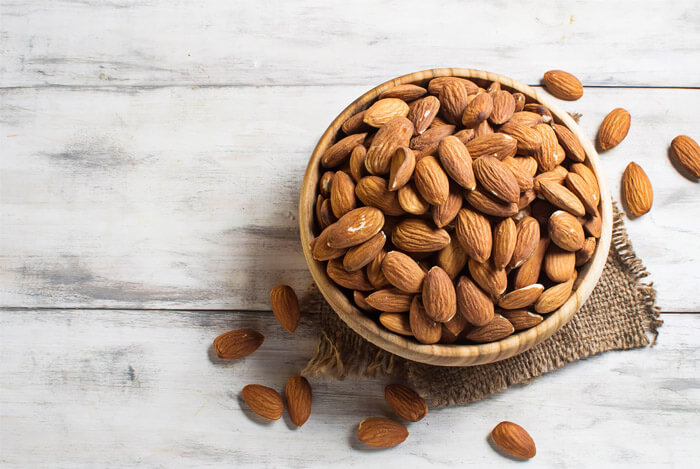
10. Almonds:
Almonds are low in carbohydrates and high in healthy fats, protein, and fiber. They help slow down digestion, keeping blood sugar levels steady while providing long-lasting energy.
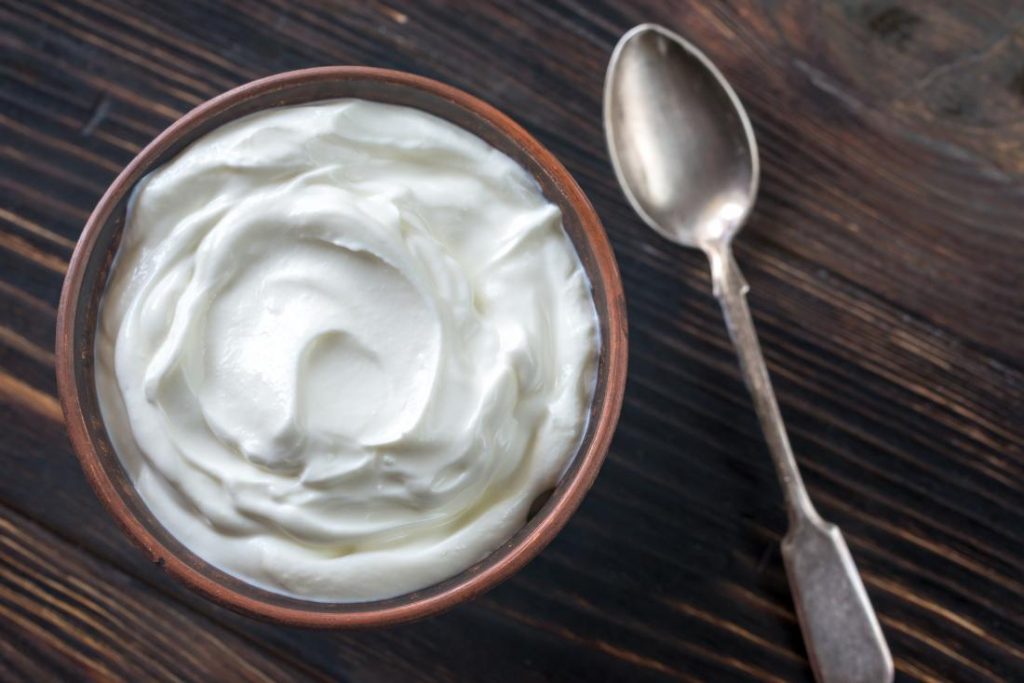
11. Yogurt (Unsweetened):
Unsweetened yogurt, especially Greek yogurt, is a great source of protein, probiotics, and calcium. Its low-GI helps with blood sugar regulation and digestive health.
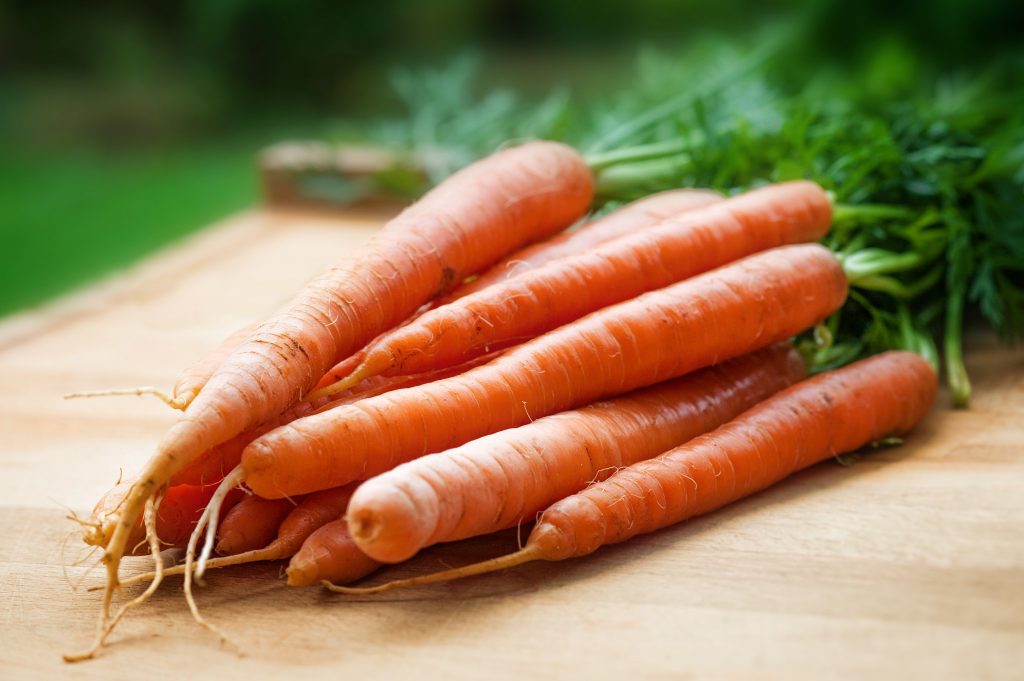
12. Carrots:
Raw carrots are a crunchy, low-GI vegetable that provides fiber, vitamin A, and antioxidants. They make an excellent snack and can be added to salads or smoothies.
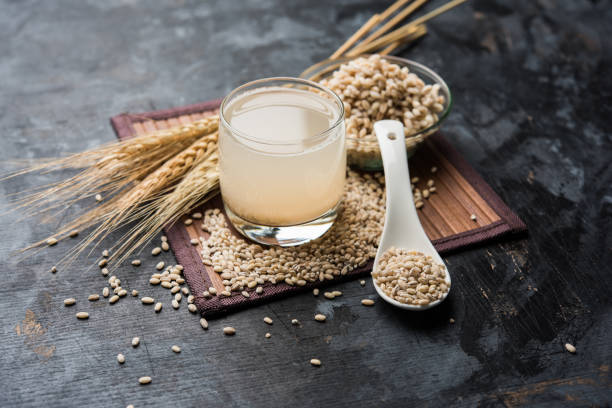
13. Barley:
Barley is a whole grain with a low glycemic index and is rich in fiber, especially beta-glucans. It helps control blood sugar and cholesterol levels and is a great addition to soups or as a side dish.
14. Flaxseeds:
Flaxseeds are rich in omega-3 fatty acids, fiber, and antioxidants. They are excellent for stabilizing blood sugar and improving heart health. Flaxseeds can be added to smoothies, oatmeal, or baked goods.
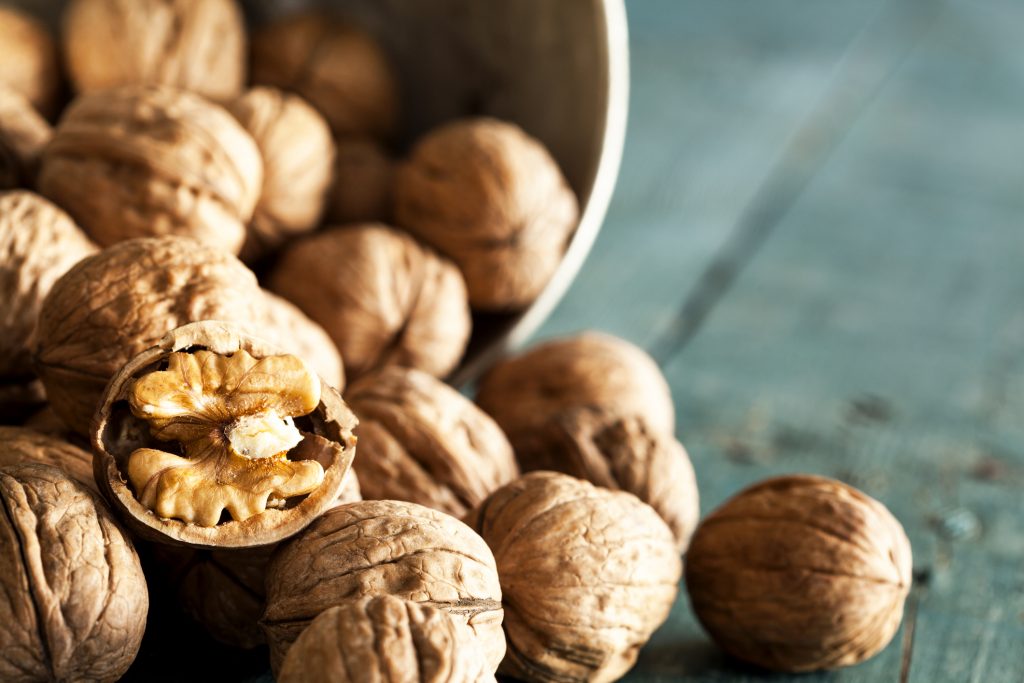
15. Walnuts:
Walnuts provide healthy fats, protein, and fiber, while also being a great source of antioxidants. They help regulate blood sugar and support overall heart health.
Conclusion:
Low glycemic index foods offer numerous health benefits, including better blood sugar control, enhanced satiety, improved heart health, and more sustained energy levels. By incorporating more low-GI foods into your diet, you can improve overall health and better manage conditions like diabetes and obesity. Balancing your diet with whole, unprocessed foods that are rich in fiber and nutrients will help ensure long-term health and well-being.
